Turbocharger achieves 30% reduction in energy consumption
New fuel-saving turbocharger launched in Japan.
Mitsubishi Heavy Industries Marine Machinery & Engine Co., Ltd. (MHI-MMI), a wholly owned subsidiary of Mitsubishi Heavy Industries, Ltd. (MHI), has unveiled the development of an electro-assist MET turbocharger, which is said to save approximately 30 percent in electric power consumption compared to existing auxiliary blowers at MHI's Nagasaki Shipyard & Machinery Works.
The turbocharger was developed using a high-speed motor supplied by its partner, Calnetix Technologies (Calnetix), and is the result of collaboration between the two companies.
The electro-assist MET turbocharger is a turbocharger that incorporates a compact electric motor limited to power functions that assists the driving of the hybrid turbocharger. This provides optimization of plant efficiency when a ship is operating under slow steaming, improving the fuel combustion efficiency of the main engine, and enabling the same or better performance than an auxiliary blower while consuming little power.
The unveiling ceremony, held at the Nagasaki Shipyard & Machinery Works, was attended by around 70 customers from various fields, such as domestic shipping companies, ship owners and shipyards. Calnetix Co-founder and CEO Vatche Artinian, and Mitsubishi Heavy Industries Marine Machinery & Engine President Kazuo Soma also attended.
The company's VTI turbocharger - a variable nozzle turbocharger effective at low load, the first mass-produced model of MET-48MB with an optimal frame size for handysize bulk carriers, and Calnetix's 125kW binary generator (ORC module) for low-temp heat sources were on display at the unveiling ceremony.
"Like the hybrid MET turbocharger, the electro-assist MET turbocharger was created through collaboration between companies possessing advanced technologies. By combining the technologies of Mitsubishi Heavy Industries Marine Machinery & Engine and Calnetix, we completed a product that provides high energy efficiency and a reduced burden on the environment," Kazuo Soma said, highlighting the fact that the product utilizes the strengths of both companies.
Commenting on the electro-assist MET turbocharger, Vatche Artinian remarked: "We are working with Mitsubishi Heavy Industries Marine Machinery & Engine to develop energy recovery systems that enable shipping companies to reduce operating costs by obtaining more energy from less fuel while remaining compliance with international rules and regulations concerning the marine environment. Like normal MET turbochargers, electro-assist MET turbochargers and hybrid MET turbochargers have a long product lifetime and can be installed without making significant changes to engines and offer excellent maintenance access, while being extremely compact devices that enable the best performance to be obtained when installed on a ship."
Mitsubishi Heavy Industries Marine Machinery & Engine and Calnetix have both created products that are designed to improve the energy efficiency of ships, including low-cost, high-efficiency heat recovery systems, such as Mitsubishi Heavy Industries Marine Machinery & Engine's hybrid MET turbochargers, for which Calnetix supplies high-speed generators.
Hybrid MET turbochargers incorporate high-speed generators, and utilize the energy generated by engine exhaust gas to provide up to 5 percent of main engine output. Because of this, hybrid MET turbochargers are able to provide electric power to the ship, and make it possible to reduce ship fuel consumption by operating without auxiliary diesel power generation.
The turbocharger was developed using a high-speed motor supplied by its partner, Calnetix Technologies (Calnetix), and is the result of collaboration between the two companies.
The electro-assist MET turbocharger is a turbocharger that incorporates a compact electric motor limited to power functions that assists the driving of the hybrid turbocharger. This provides optimization of plant efficiency when a ship is operating under slow steaming, improving the fuel combustion efficiency of the main engine, and enabling the same or better performance than an auxiliary blower while consuming little power.
The unveiling ceremony, held at the Nagasaki Shipyard & Machinery Works, was attended by around 70 customers from various fields, such as domestic shipping companies, ship owners and shipyards. Calnetix Co-founder and CEO Vatche Artinian, and Mitsubishi Heavy Industries Marine Machinery & Engine President Kazuo Soma also attended.
The company's VTI turbocharger - a variable nozzle turbocharger effective at low load, the first mass-produced model of MET-48MB with an optimal frame size for handysize bulk carriers, and Calnetix's 125kW binary generator (ORC module) for low-temp heat sources were on display at the unveiling ceremony.
"Like the hybrid MET turbocharger, the electro-assist MET turbocharger was created through collaboration between companies possessing advanced technologies. By combining the technologies of Mitsubishi Heavy Industries Marine Machinery & Engine and Calnetix, we completed a product that provides high energy efficiency and a reduced burden on the environment," Kazuo Soma said, highlighting the fact that the product utilizes the strengths of both companies.
Commenting on the electro-assist MET turbocharger, Vatche Artinian remarked: "We are working with Mitsubishi Heavy Industries Marine Machinery & Engine to develop energy recovery systems that enable shipping companies to reduce operating costs by obtaining more energy from less fuel while remaining compliance with international rules and regulations concerning the marine environment. Like normal MET turbochargers, electro-assist MET turbochargers and hybrid MET turbochargers have a long product lifetime and can be installed without making significant changes to engines and offer excellent maintenance access, while being extremely compact devices that enable the best performance to be obtained when installed on a ship."
Mitsubishi Heavy Industries Marine Machinery & Engine and Calnetix have both created products that are designed to improve the energy efficiency of ships, including low-cost, high-efficiency heat recovery systems, such as Mitsubishi Heavy Industries Marine Machinery & Engine's hybrid MET turbochargers, for which Calnetix supplies high-speed generators.
Hybrid MET turbochargers incorporate high-speed generators, and utilize the energy generated by engine exhaust gas to provide up to 5 percent of main engine output. Because of this, hybrid MET turbochargers are able to provide electric power to the ship, and make it possible to reduce ship fuel consumption by operating without auxiliary diesel power generation.
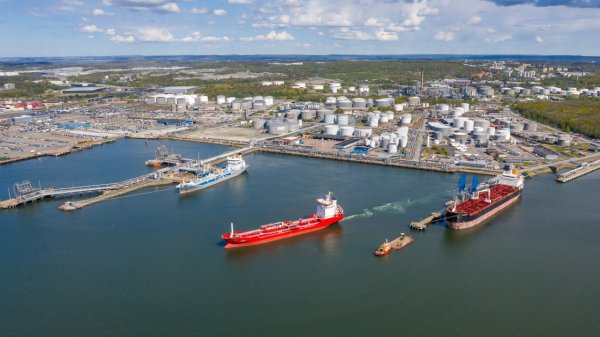
|
Swedish biomethane bunkered in Gothenburg
Test delivery performed by St1 and St1 Biokraft, who aim to become large-scale suppliers. |
|
|
|
||
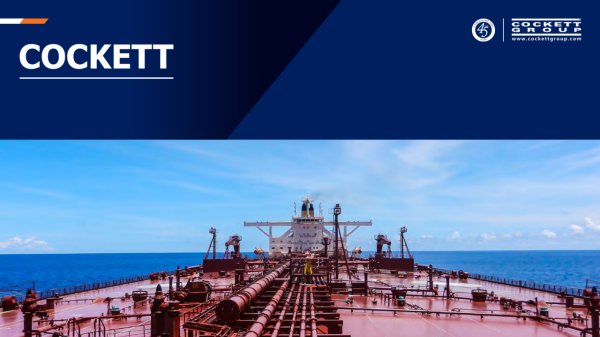
|
Cockett to be closed down after 45 years
End of an era as shareholders make decision based on 'non-core nature' of Cockett's business. |
|
|
|
||
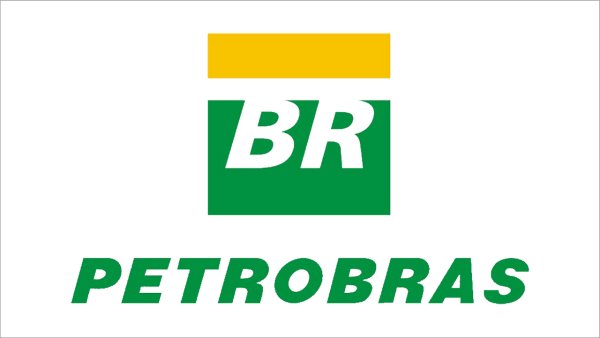
|
Petrobras confirms prompt availability of VLS B24 at Rio Grande
Lead time for barge deliveries currently five days. |
|
|
|
||
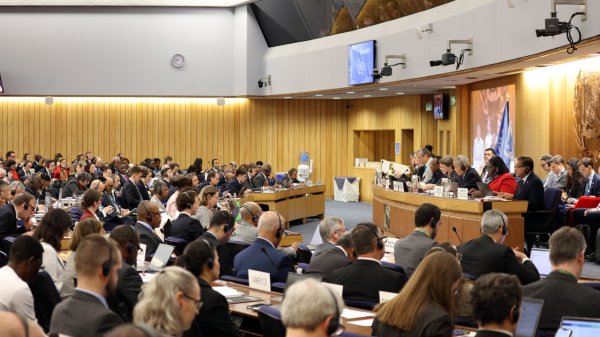
|
IMO approves pricing mechanism based on GHG intensity thresholds
Charges to be levied on ships that do not meet yearly GHG fuel intensity reduction targets. |
|
|
|
||

|
VARO Energy expands renewable portfolio with Preem acquisition
All-cash transaction expected to complete in the latter half of 2025. |
|
|
|
||

|
NYK trials biofuel in milestone coal carrier test
Vessel is used to test biofuel for domestic utility company. |
|
|
|
||
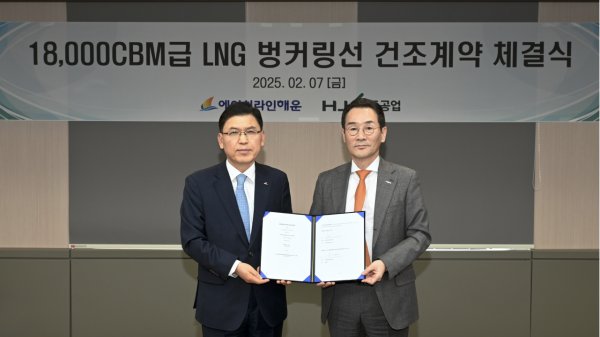
|
H-Line Shipping orders LNG bunkering vessel
Vessel with 18,000-cbm capacity to run on both LNG and MDO. |
|
|
|
||

|
How to engineer and manage green shipping fuels | Stanley George, VPS
Effective management strategies and insights for evolving fuel use. |
|
|
|
||

|
Swedish government bans scrubber wastewater discharges
Discharges from open-loop scrubbers to be prohibited in Swedish waters from July 2025. |
|
|
|
||
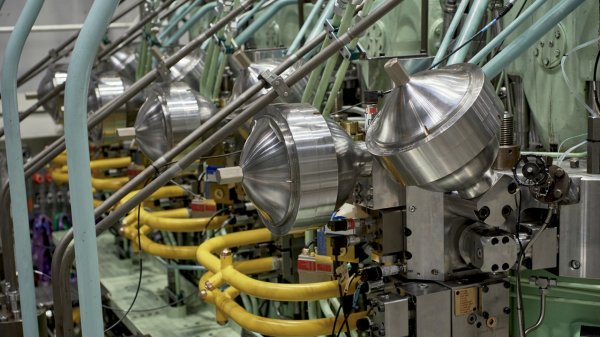
|
MAN Energy Solutions achieves 100% load milestone for ammonia engine
Latest tests validate fuel injection system throughout the entire load curve. |
|
|
|
||
Related Links
- · Shipyard delivers first hybrid turbocharged bulker [Insights]
- · ABB to step up promotion of Valve Control Management [Insights]
- · OSV engines cut fuel consumption by 15% [Insights]
- · Hybrid turbocharger cuts fuel costs [Insights]
- · Japan [Directory]

